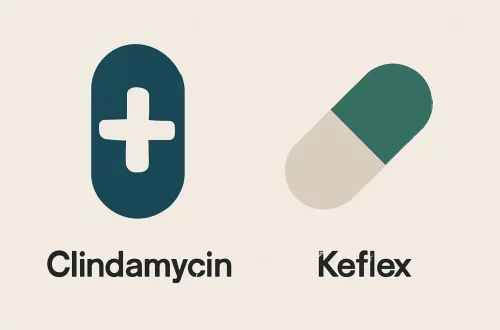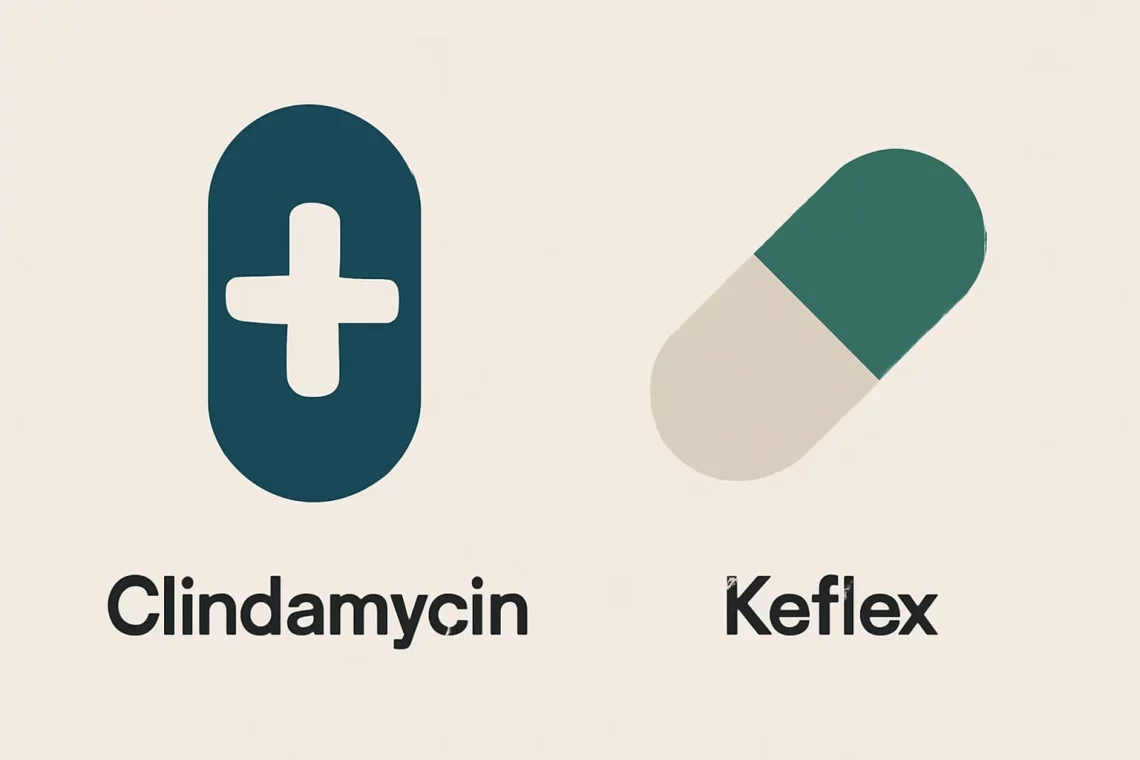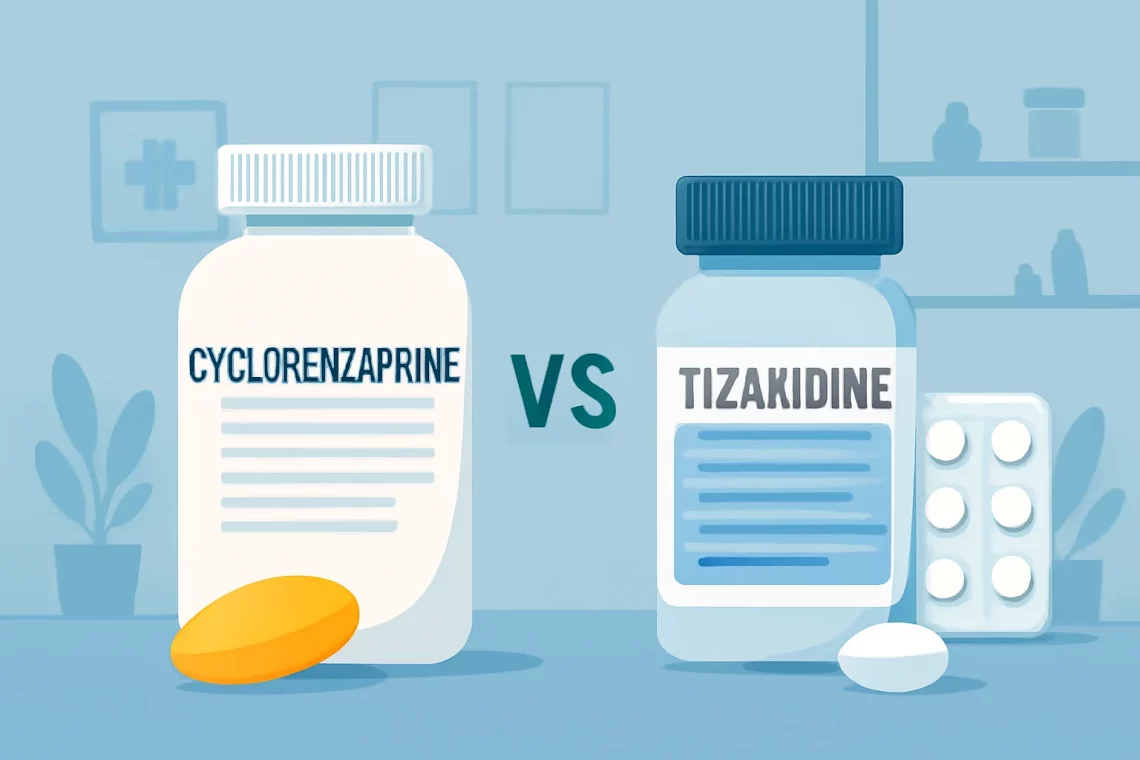-
Benzonatate vs Dextromethorphan: Which Cough Suppressant is Better?
The world of cough medications is vast, encompassing a variety of options designed to alleviate symptoms associated with respiratory conditions. Among these, Benzonatate and Dextromethorphan stand out as popular choices for managing cough. Understanding the differences between these two medications is crucial for anyone seeking effective relief. Benzonatate is a non-narcotic cough suppressant that works by numbing the throat and lungs, reducing the cough reflex. On the other hand, Dextromethorphan, an ingredient found in many over-the-counter cough medications, acts on the brain’s cough center to suppress the urge to cough. Both medications have their unique benefits and potential side effects, making it essential to explore their characteristics, uses, and how…
-
Ativan vs Restoril: Comparing Two Popular Sleep Medications
Ativan and Restoril are two medications commonly prescribed to treat anxiety and sleep disorders. Both belong to the class of benzodiazepines, which are known for their sedative and anxiolytic effects. While they share some similarities in their mechanism of action and therapeutic uses, they also have distinct differences that can influence a physician’s choice when prescribing them. Understanding these differences is essential for patients who may be considering treatment options for anxiety or insomnia. The use of benzodiazepines has become a topic of discussion in recent years, as healthcare providers and patients weigh the benefits against the potential risks associated with long-term use. Issues such as dependency, tolerance, and withdrawal…
-
Benzonatate vs NyQuil: Which Cough Remedy Is Right for You?
The struggle with coughs and colds is a common experience, especially during seasonal changes. As people seek relief from these uncomfortable symptoms, various medications become popular choices. Among them, Benzonatate and NyQuil have garnered attention for their effectiveness in alleviating cough and cold symptoms. However, understanding their differences, uses, and potential side effects is essential for making informed decisions about which medication might be more suitable for individual needs. Benzonatate is a prescription medication that specifically targets cough suppression. It works by numbing the throat and lungs, reducing the urge to cough. On the other hand, NyQuil is an over-the-counter medication that offers a combination of ingredients designed to address…
-
Metformin vs Jardiance: Which Diabetes Medication is Right for You?
Metformin and Jardiance are two prominent medications commonly prescribed for the management of type 2 diabetes. As the prevalence of diabetes continues to rise globally, understanding the differences, benefits, and potential side effects of these medications is increasingly important for patients and healthcare providers alike. Metformin has long been considered the first-line treatment for type 2 diabetes, primarily due to its ability to improve insulin sensitivity and lower blood sugar levels effectively. On the other hand, Jardiance, which belongs to a newer class of diabetes medications known as SGLT2 inhibitors, has gained attention for its unique mechanism of action and additional benefits beyond blood sugar control. Both medications offer distinct…
-
Entresto vs Candesartan: Which Heart Failure Treatment Is Better?
Managing cardiovascular health is crucial for overall well-being, and a range of medications are available to help individuals manage conditions such as hypertension and heart failure. Among these medications, Entresto and Candesartan have gained prominence for their effectiveness in treating heart-related issues. Both of these drugs are designed to lower blood pressure and reduce the strain on the heart, but they work in different ways and have distinct profiles. Entresto, a combination of sacubitril and valsartan, operates by inhibiting a specific enzyme that breaks down natriuretic peptides, which are hormones that help regulate blood pressure and fluid balance. This dual action not only lowers blood pressure but also offers additional…
-
Clindamycin vs Keflex: Which Antibiotic Is Right for You?
Clindamycin and Keflex are two antibiotics commonly used to treat bacterial infections. While both medications belong to different classes of antibiotics and target various types of bacteria, they play crucial roles in managing infections. Understanding the differences and similarities between these medications can help patients and healthcare providers make informed choices regarding treatment options. In recent years, antibiotic resistance has emerged as a significant public health concern, highlighting the importance of selecting the appropriate antibiotic for each specific infection. Clindamycin, a lincosamide antibiotic, is often prescribed for serious infections caused by anaerobic bacteria and certain types of streptococci and staphylococci. On the other hand, Keflex, the brand name for cephalexin,…
-
Cymbalta vs Elavil: A Comprehensive Comparison of Two Antidepressants
Cymbalta and Elavil are two medications frequently prescribed for various mental health conditions, particularly depression and anxiety disorders. As the understanding of mental health evolves, so too do the treatment options available to patients. Cymbalta, generically known as duloxetine, is a serotonin-norepinephrine reuptake inhibitor (SNRI) that has gained popularity for its dual-action mechanism of targeting both serotonin and norepinephrine, neurotransmitters that play significant roles in mood regulation. On the other hand, Elavil, or amitriptyline, belongs to a class of medications known as tricyclic antidepressants (TCAs), which have been used for decades to treat depression, anxiety, and even chronic pain. Both medications have their unique profiles, side effects, and potential interactions,…
-
Cyclobenzaprine vs Tizanidine: Key Differences and Uses Explained
Cyclobenzaprine and tizanidine are two medications commonly prescribed to manage muscle spasms and associated discomfort. Both belong to the category of muscle relaxants but differ significantly in their mechanisms of action, indications, and side effects. Understanding these differences is crucial for healthcare providers and patients alike, as it can influence treatment choices and outcomes. Cyclobenzaprine is primarily used for short-term relief of muscle spasms, often resulting from acute musculoskeletal conditions. It works by acting on the central nervous system, helping to reduce muscle tightness and discomfort. On the other hand, tizanidine operates differently by acting as an alpha-2 adrenergic agonist, which decreases spasticity by inhibiting the release of excitatory neurotransmitters.…
-
Lyrica vs Topamax: A Comprehensive Comparison of Two Medications
The landscape of pharmaceuticals is vast and complex, with countless medications available to treat a variety of conditions. Among these medications, Lyrica and Topamax have gained prominence in managing certain neurological and psychological disorders. Both drugs serve specific purposes, but they come with their own sets of benefits and side effects, making the choice between them a critical decision for individuals seeking relief from debilitating symptoms. Understanding these medications requires a deeper look into their mechanisms, uses, and potential side effects. As individuals navigate their treatment options, it becomes essential to evaluate not just the effectiveness of each drug but also how they interact with one another and with the…
-
Trazodone vs Belsomra: Which Sleep Aid is Right for You?
Trazodone and Belsomra are two medications often utilized in the management of sleep disorders and mood-related conditions. As the prevalence of insomnia and other sleep-related issues continues to rise, many individuals find themselves exploring various treatment options. Prescription medications can offer significant relief, but understanding the differences between these drugs is crucial for making informed decisions about treatment. Trazodone, originally developed as an antidepressant, has gained popularity as an off-label sleep aid due to its sedative properties. Its ability to promote sleep and improve overall sleep quality has led to widespread use, but it is important to consider its side effects and interactions with other medications. On the other hand,…







































